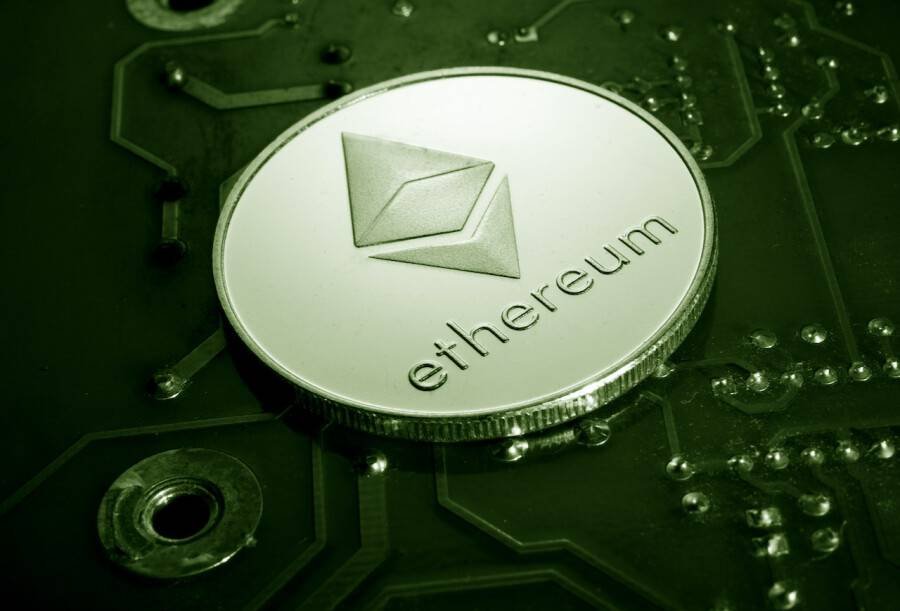
The Ethereum blockchain has launched a new test network, Holeskey as it marks the first anniversary of the much anticipated Merge.
Holesky aims to help developers simulate massive scaling before projects hit the mainnet. Holesky is now the largest testnet on the Ethereum blockchain as it is twice as big as its mainnet.
At press time, there are three test networks on Ethereum: Holesky, Goerli, and Sepolia with reports making rounds that Goerli would be phased out in 2024.
Testnets are copies of the networks deployed by devs to test new decentralized applications, fixing errors without harming the main network.
Holesky came to the network a year after the launch of the much anticipated Merge which transitioned the blockchain from a Proof-of-Work (PoW) to a Proof-of-Stake (PoS) replacing miners with validators and drastically decreasing its energy usage by 99%.
A testnet built for more
According to Ethereum developers, Holesky will aid the largest smart contract projects as it was built with more capability than Goerli and Sepolia.
The testnet is projected to have 1.4 million validators, a figure double the size of the mainnet and tipped to cover all scalability issues. The project will also provide 1.6 billion testnet ETH to end the difficulty in getting access to testnet ETH by developers.
With Holesky’s structure, scaling issues are less likely to occur on the mainnet as they would be detected in the testnet after multiple checks based on its infrastructure.
As the Ethereum network adds more functionality both to developers and users, observers opine that the distance between it and other communities dubbed “ETH Killers” widens.
Scalability might be fixed, but centralization issues linger
Recent developments like the Ethereum Merge and the launch of Holesky have solved problems ranging from energy usage to scalability but a major concern for most is the centralized nature of the network.
59.7% of Ethereum’s nodes are run on Amazon Web Services with many others hosted on other centralized services. According to co-founder Vitalik Buterin, for the blockchain to achieve high decentralization, people should be able to run nodes without high-end hardware.
He offers statelessness as a possible solution where data requirements are reduced close to zero cutting off dependence on large providers.
“Today, it takes hundreds of gigabytes of data to run a node. With stateless clients, you can run a node on basically zero.”
Another major issue raised by users is the cost of becoming a validator leading to staking taking place in centralized exchange pools.
The staking feature rolled in by the Merge has also drawn the attention of the Gensler-led Securities and Exchange Commission (SEC) to the network.
#Ethereum #Rolls #Holesky #Testnet #Mark #Merge #Anniversary







